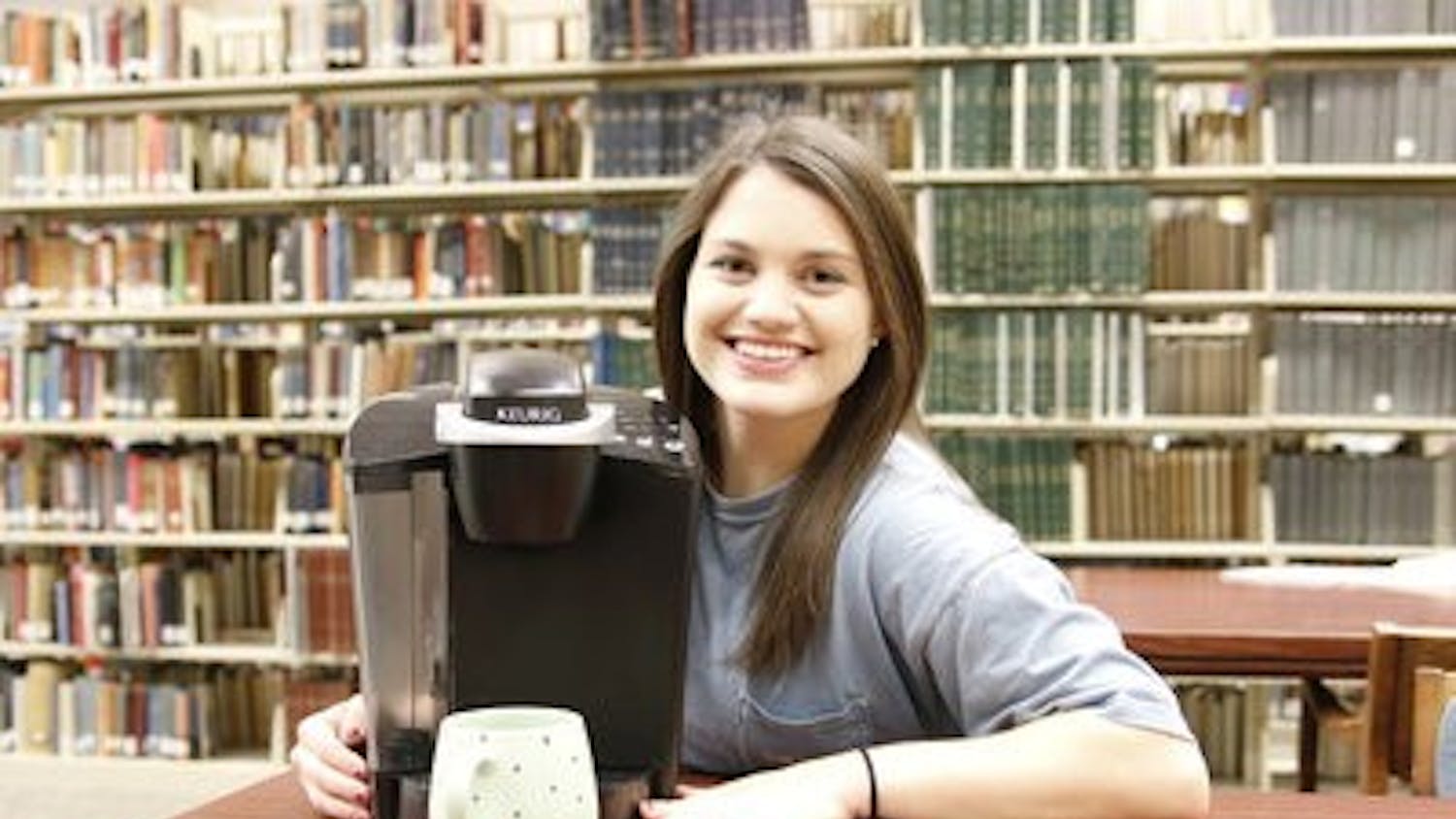Anthropology students have the opportunity to go on major archaeological digs every summer.
"We have several places that we go back to almost every year," said John Cottier, anthropology professor. "We try to do more than one thing in each summer to give the students the experience."
Anthropology is a science that involves looking at patterns to try to explain human behavior.
"We're looking at how do humans interact with not only each other, but how do humans interact with the natural environment," Cottier said.
The discipline of anthropology can be divided into four subcategories: cultural anthropology, physical anthropology, linguistics and archaeology.
Expeditions can be classified as phase one, which is survey; phase two, testing; and phase three, excavation.
For summer digs in Wilcox County, students camp in tents near the site for seven to 10 days to complete a job, Cottier said. If the class goes to Macon County, it is a day trip.
The large-scale digs happen only during the summer, but Cottier said they may do a few smaller digs during fall semester.
A typical day on-site starts with uncovering the area where students have been working, which has to be covered each night in case it rains.
Cottier said they always go in with a detailed research plan, looking for specific artifacts.
Students split up or work in pairs and begin the search.
"We have a water screen in operation, where people take the dirt and put it through the water screen, looking for artifacts," Cottier said.
But the work doesn't end when students uncover a Civil War-era slate pencil or a piece of pottery.
Next, students must take extensive photographs and notes, before even moving the artifact from the site.
Back in the lab, students make drawings and take more pictures, as well as weigh, measure and analyze the artifacts.
"For every hour you spend in the field--and this isn't like an actual formula that anyone worked out--you're going to spend anywhere from two or three, maybe more hours in the lab," said Hamilton Bryant, senior in anthropology and president of the Auburn Anthropological Society.
Bryant said he has been on 11 or 12 digs during his time at Auburn.
"The number isn't going to impress anyone," Bryant said, "but the variety of things that I've gotten to do, I feel fortunate for.
"It's spanned Civil War to Paleo-Indian, which is 10,000 B.C., approximately."
Occasionally, the students are surprised by what they find.
"You might find things and say, 'Holy crap, where did that come from?'" Cottier said, "but most of the time, you're not unexpected in terms of the situation."
Cottier said the most interesting thing he has ever found were 1,000-year-old footprints in a cave in Mexico.
"They were bare footprints in a sealed area of a cave that looked like they'd just been put down the day before," Bryant said.
He said his most interesting experience was at the cemetery at Red Eagle, which used to be a prison.
During a trip, one of Bryant's classmates ran across two skeletons that had become partially uncovered.
"Seeing another human's remains is kind of interesting," Bryant said. "It gives you an interesting feeling when you're holding somebody's femur.
"One day, my femur will just be femur; it will no longer be part of Hamilton. I don't know--I like that idea."
So what happens to all the pieces of history that anthropology students find?
"We're going to eventually have a natural history museum here at Auburn," Cottier said. "Museums are very good educational formats for lots and lots of people, and museums, really, if you stop and look at them here in the United States or even worldwide, they draw as many people as most sporting events do."
Cottier said he hopes the museum will be started in the next 10 to 12 months.
It has been a goal for the past 20 years.
Bryant said before he was in anthropology, he didn't realize how interrelated everything is at a dig.
"The thing I've come to appreciate is, you might say, 'the finer things in life'--and when I say fine, I mean fine as in, particulate-size," Bryant said, holding up a small cup of dirt.
Cottier said an obstacle they face is lack of awareness of what anthropology is.
Some students think it's the study of bugs, ants or dinosaurs, while others resist the evolutionary aspects of it.
Do you like this story? The Plainsman doesn't accept money from tuition or student fees, and we don't charge a subscription fee. But you can donate to support The Plainsman.



